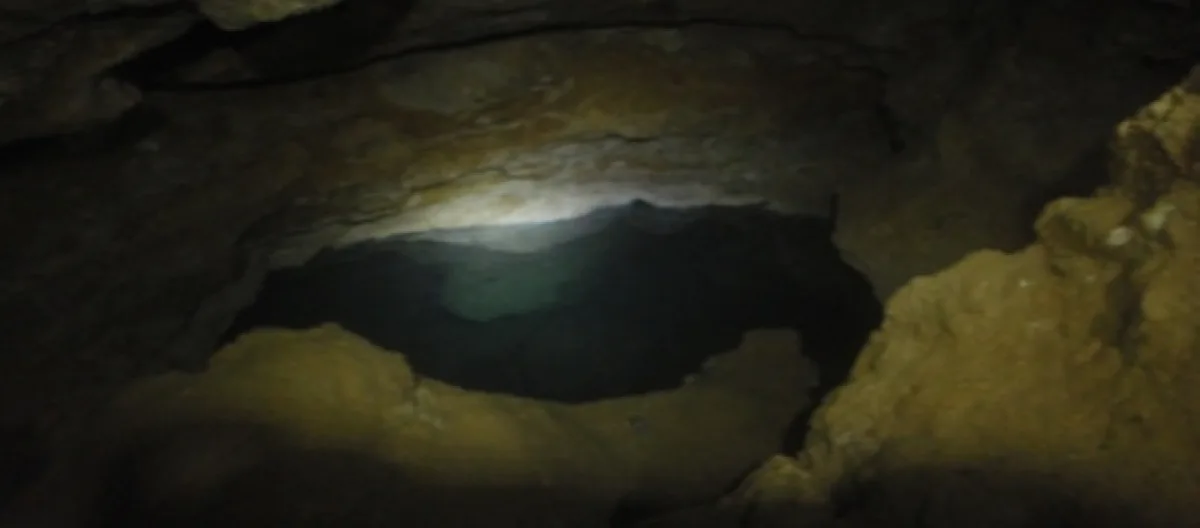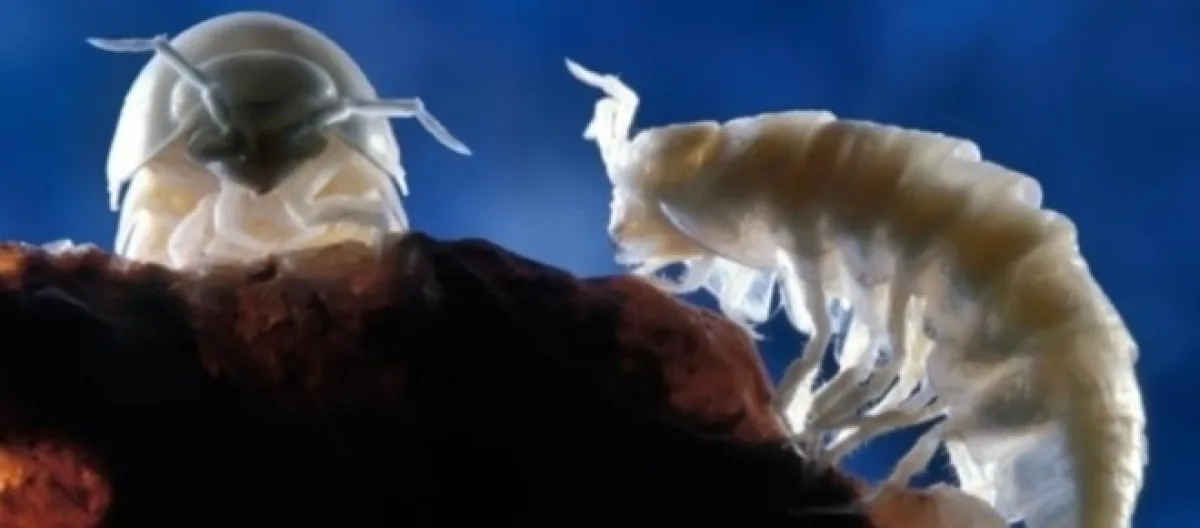Tucked away in a relatively remote corner of southeast Romania sits the Movile Cave, a subterranean maze that is considered by scientists to be home to one of the most isolated ecosystems on Earth.
Discovered by accident
Originally discovered by Romanian construction workers probing the ground for the site of a new powerplant, fewer than a hundred people have ever entered the poisonous atmosphere of the cave.
Those who have made the descent down the narrow limestone tunnels into the pitch blackness, however, have come back with tales that are nothing short of amazing: a lake with a teeming ecosystem which survives despite having no access to sunlight whatsoever. And all of this in an atmosphere that has just 10% oxygen (half of that normally present in the outside world) and is filled with deadly carbon dioxide and hydrogen sulfide gas.
“Strangely, the worse the air gets the more animals there are. It's not at all obvious why that should be, or how the animals survive at all” Jasmin Fox-Skelly of the BBC explains.
Even the very method of their survival is unique, as plants which serve as the source of food for most creatures here thrive without any source of sunlight, a key to the process of photosynthesis required on the surface. Instead, plant life in Movile cave uses a complex process known as chemosynthesis, wherein energy is derived from sulfur and other chemical compounds found in the cave water.
More than 48 species discovered
As for the animals, more than 48 species have been documented thus far, with some speculation that many more may be living deeper in the cave system. “Many are born without eyes, which would be useless in the dark. Almost all are translucent as they have lost pigment in their skin.
Many also have extra-long appendages such as antennae to help them feel their way around in the darkness,” Fox-Skelly reports.
Also interesting is the fact that, despite being cut off from the rest of the world for nearly five and a half million years, some of the species bear similarities to others found on the surface. One breed of spider, for example, was found to be very closely related to a species found in the Canary Islands, over 4000km away, raising the question of just how these animals got into the cave and why they were able to thrive.
No one is quite sure about the answer, but there are a number of theories in circulation. “One theory is that back at the end of the Miocene Epoch, about 5.5 million years ago, the climate of the northern hemisphere changed.
As Africa moved north it stopped the Atlantic from flowing into the Mediterranean Sea, drying it out” the BBC tells us. This shift would have forced creatures into the cave in search of its warm, thermal waters, and they soon became trapped inside when the limestone cast fell in front of the entrance.
Valuable to science
The species found within the cave of highly valuable to scientists for a number of reasons beyond their rarity too. For one thing, the unique mechanisms by which they survive can give researchers vital information about how life was able to survive on primordial Earth, as well as how life can possibly exist on other planets where access to sunlight is less optimal than our own.
The organisms here have also been studied for their abilities to process carbon dioxide, and some have even proposed the idea of repurposing some of the creatures to help humanity combat global warming. With a little more study of Movile cave, perhaps one day scientists can solve one of the humanity's most nagging questions: the origin of life.

